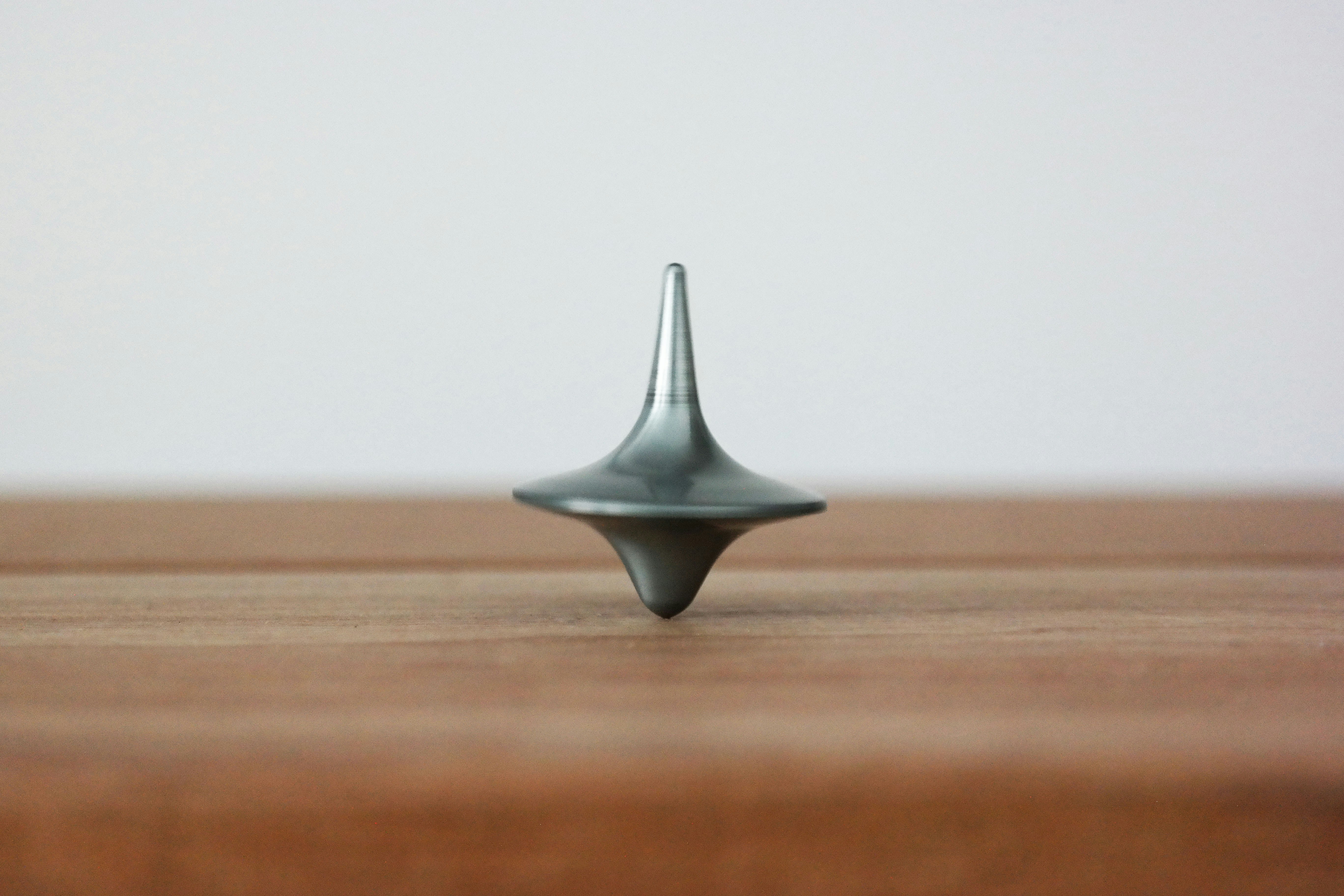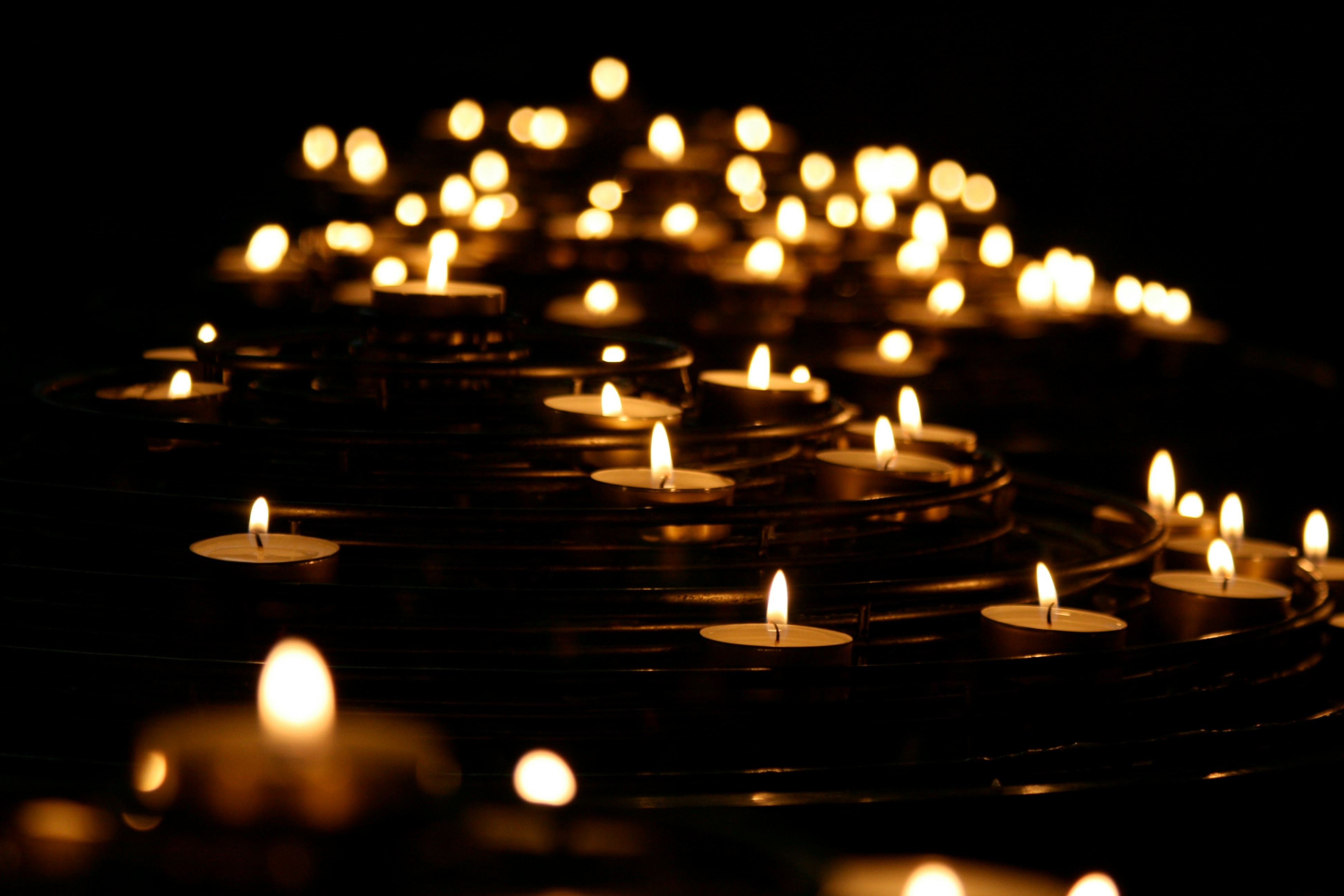
How to Balance Ambient Light Vs. Flash for Dramatic Effect
2025-05-03



How to Balance Ambient Light Vs. Flash for Dramatic Effect
As a photographer, understanding how to balance ambient light and flash can make a significant impact on the dramatic effect of your photos. Whether you're shooting portraits, landscapes, or events, finding the right balance between natural light and artificial light can elevate your images to the next level. In this blog post, we will explore practical tips and techniques to help you achieve stunning results.
Introduction
Ambient light refers to the natural light present in a scene, such as sunlight or artificial light sources like lamps. Flash, on the other hand, is an artificial light source that photographers use to illuminate a subject. Balancing these two lighting sources can create a dynamic and visually striking image.
Practical Tips
1. Understand the Characteristics of Ambient Light
Before adding flash to your scene, take the time to observe the ambient light and understand its characteristics. Is it soft or harsh? Is it warm or cool in color temperature? By understanding the ambient light, you can better determine how to complement it with your flash.
2. Use Flash to Fill in Shadows
One common technique is to use flash as a fill light to fill in shadows created by the ambient light. This can help balance out the exposure in your image and create a more evenly lit subject. Experiment with different flash power settings to achieve the desired effect.
3. Consider the Direction of Light
Pay attention to the direction of light in your scene when balancing ambient light and flash. For example, if the ambient light is coming from the side, consider using your flash as a key light to illuminate your subject from the front. This can create a more dynamic and three-dimensional look in your photos.
4. Experiment with Off-Camera Flash
Using off-camera flash can give you more control over the direction and intensity of the light in your scene. Experiment with different flash modifiers, such as softboxes or umbrellas, to create different lighting effects. This can add depth and drama to your images.
5. Use Flash for Creative Effects
Don't be afraid to get creative with your flash usage. Experiment with techniques like dragging the shutter or using colored gels to create unique and dramatic effects in your photos. By thinking outside the box, you can take your photography to new heights.
Conclusion
Balancing ambient light and flash for dramatic effect requires practice and experimentation. By understanding the characteristics of ambient light, using flash to fill in shadows, considering the direction of light, experimenting with off-camera flash, and using flash for creative effects, you can elevate your photography and create stunning images. Remember to keep practicing and pushing the boundaries of your creativity to achieve the desired results.